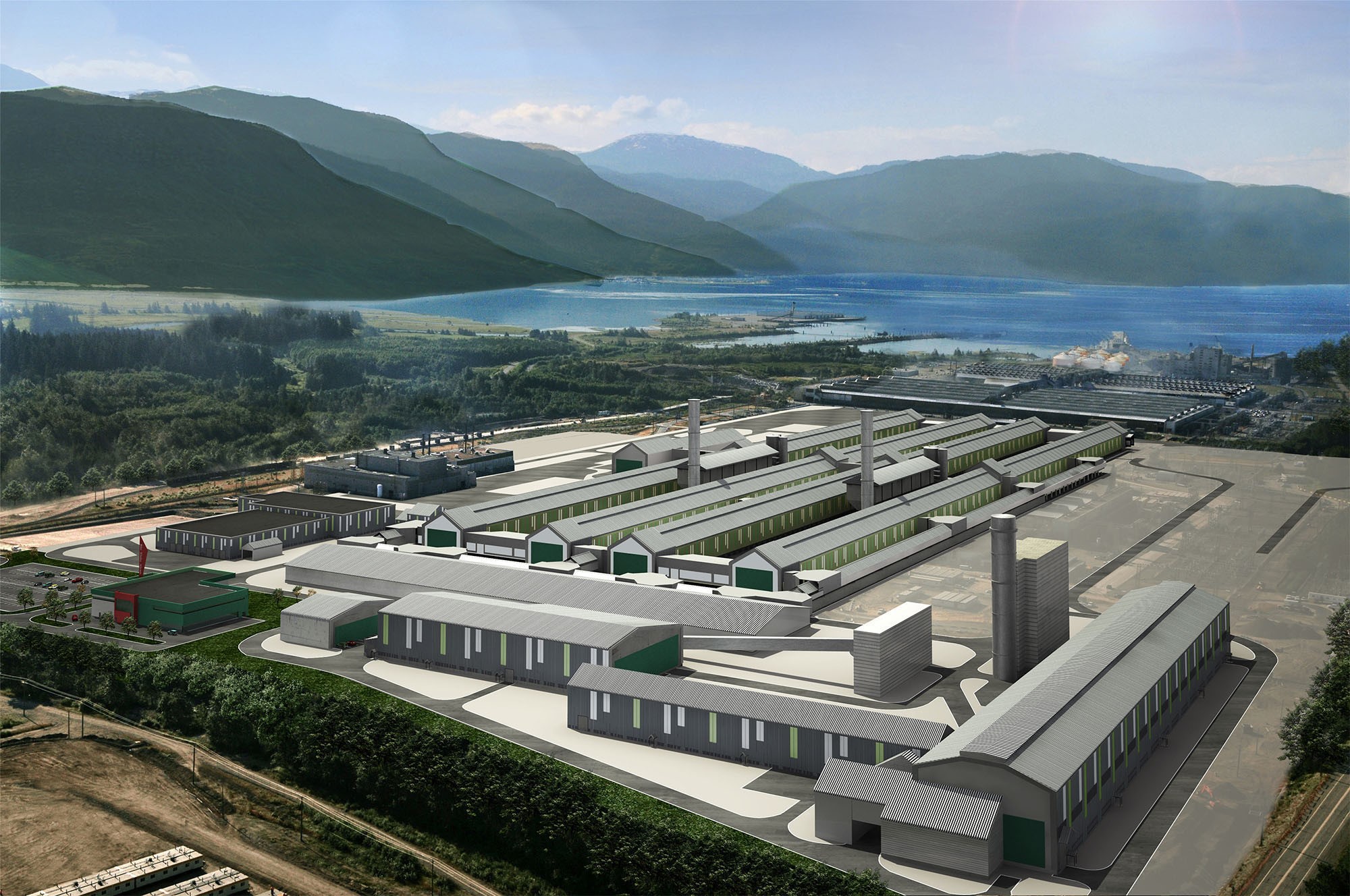Rio Tinto commissions a second tunnel supplying water to its Kemano power station
Rio Tinto has sanctioned laying a second tunnel providing water to its hydroelectric generating station at Kemano, almost 75 kilometres southeast of Kitimat. This new 16km-long tunnel aligned via Mt. Dubose will open a second source of water for Rio Tinto's B.C. Works aluminium smelter in Kitimat.

As early as in July, the new tunnel successfully produced its first megawatt of electricity after major construction works were finished in May. The company issued a statement on December 1.
The BC Works director of energy and watershed partnerships – Rio Tinto, Andrew Czornohalan specified in a comment: "The completion of a second tunnel to supply water to the Kemano hydropower facility will ensure the long-term, sustainable production of low-carbon aluminium at our smelter in Kitimat."
"This extraordinary construction feat is the result of the work of generations of workers over three decades. Partnerships with local communities and the Cheslatta Carrier Nation have been instrumental in the project's success. I want to thank all our employees and contractors who worked so hard since day one to make this achievement happen," he added.
Alcan was vital in constituting the previously operated smelter and was also the building authority involved in constructing the Kenney Dams in the early 1950s to activate the Nechako Reservoir. Situated at about 90 km southwest of Vanderhoof, the reservoir perfectly channels water from the west of Nechako River to Rio Tinto's Kemano power station.
Just one tunnel has been present to suffice the needs of Kemano from 1954 until this year, whereas Alcan began plotting for the second water tunnel in 1987.
Rio Tinto released a statement that stated: "At the time, a 50-metre long intake stub tunnel was also built at Tahtsa Lake, but the construction of the second tunnel only started in the early 1990s."
"The project was then halted in 1995 after 8.4 kilometres, then restarted in 2018 to refurbish the initial portion of the tunnel and complete the last 7.6 kilometres," the statement continued.
The Kemano power station flaunts eight turbines, with an accumulated 896 megawatts of power generating ability involved. The maximum energy yielded at the power station is then utilised to run the aluminium smelter, and the rest is diverted to the B.C. Hydro grid.
The construction of the tunnel was accomplished using a 1,300-tonne tunnel boring machine. Rio Tinto's calculations show that the project has welcomed a hefty amount of US$850 million to the B.C. economy. The toll also reveals that the project has empowered approximately 340 individuals during the construction phase, appointing them to fulfil various work agreements.
To fully optimise the project, Rio Tinto has by far contributed surplus equipment to local First Nations, to community organisations in Kitimat, Terrace and throughout the Nechako watershed. Among the equipment donated, some noteworthy items are swift-water or marine survival kits to be used by rescue teams and some avalanche gear.
This news is also available on our App 'AlCircle News' Android | iOS

.jpg/0/0)



.gif/0/0)

















